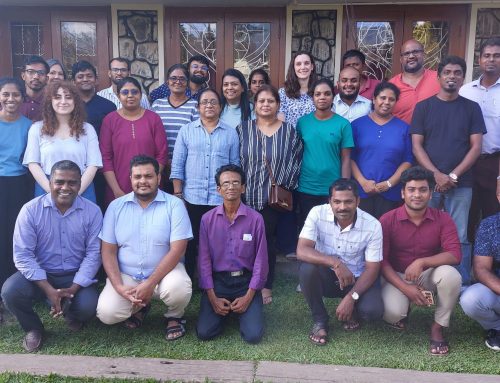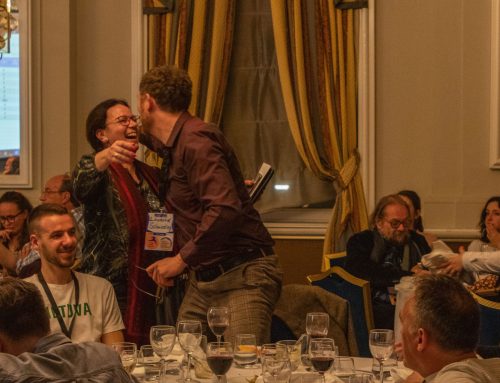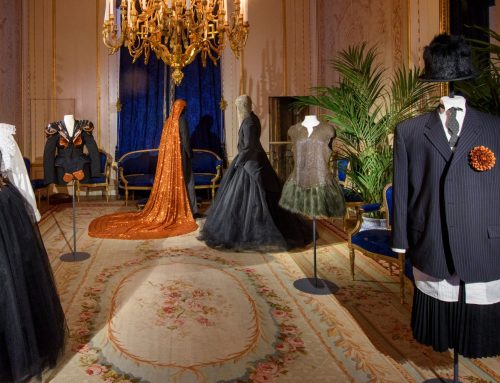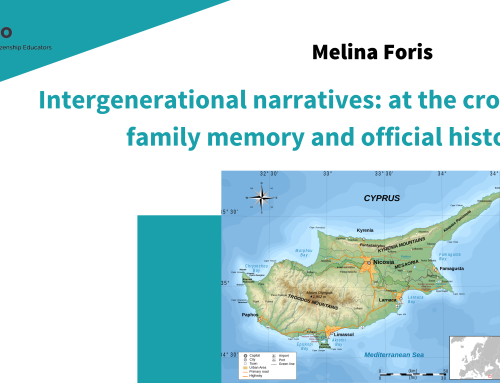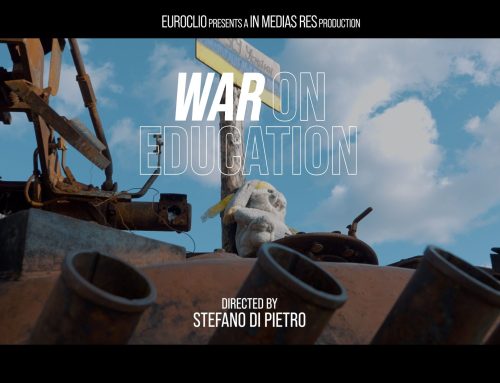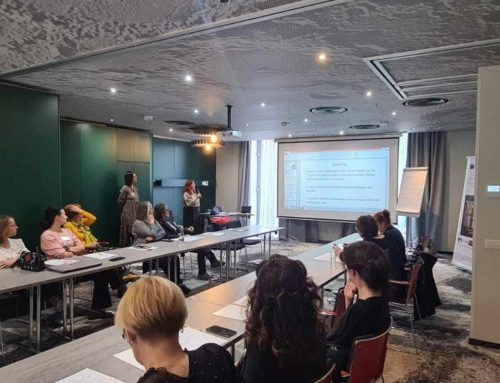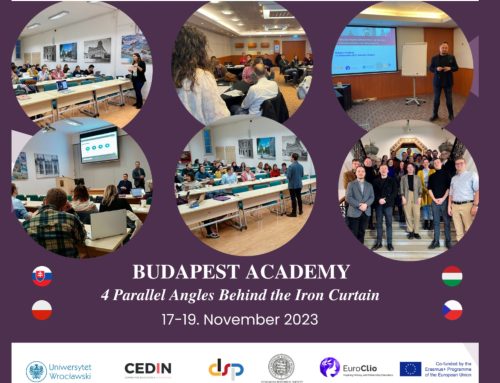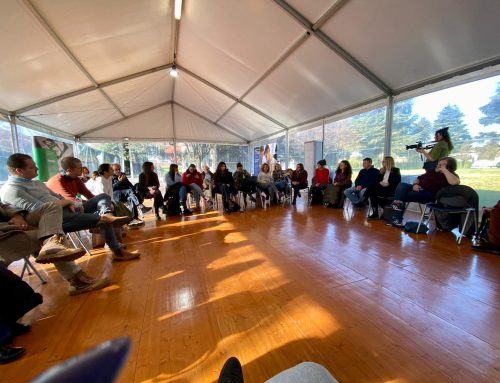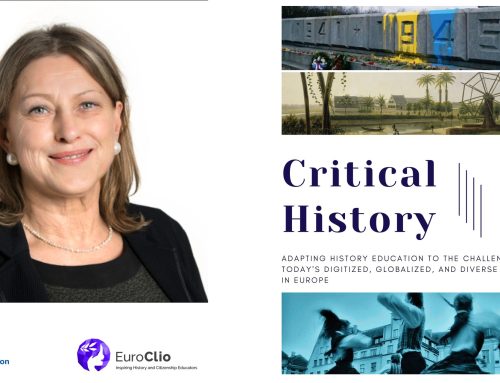An approach to decolonizing history education in an IB History classroom through a redefinition of the concept of significance
Ned Riley is Head of Humanities at the International School of The Hague and creator of the IB History website History Rising. He is currently creating history content and acting as Community Moderator for the IB’s new professional development platform, the PD Digital Channel.
Introduction: Why Significance?
Decolonising the history curriculum is a multi-dimensional challenge. It provokes emotional responses from different stakeholders – educators, students, and parents. In different regional and national contexts, it raises questions about what history should be taught, and to what purpose. Within our discipline – both in academic and school forms – it raises methodological questions about how knowledge is constructed.
I hope to make a very specific contribution which focuses on the last of these points – the way knowledge is constructed. In particular, I will focus on how the concept of significance can help us understand this process.
How should we understand significance?
Early in my career, I thought of significance as a synonym of importance. In my very first training position, I attempted a project based on significance. I asked my students to choose a significant historical figure and write a persuasive speech about why they were the most important in history. Later in my career, I asked similar questions about the most significant battle in World War Two, or the most significant technical innovation in the Industrial Revolution.
In 2012 I began teaching IB History. Significance is one of the six key concepts of IB History. Over this time, my understanding of the concept has changed.
The IB doesn’t completely reject the connection between significance and importance. In the DP guide (login required) it says that students should “think about, and assess, the relative importance of events, people, groups or developments” (DP Guide, p. 93).
However, the vast majority of IB literature on significance is about something entirely different. There are three strands from how the IB defines significance which I would like to emphasise.
- History is created from fragments of the past, which can be “included” or “excluded” from the preserved record (DP guide, p. 93).
- What is preserved is the result of what “someone has consciously decided to record” (DP Guide, p. 93).
- The decisions about what to record are based on judgements of “meaning and value”, which depend on the context of the time (MYP History Guide. p. 56 – login required)
This re-defining has had important implications for me as a history teacher.
I no longer conflate significance and importance in my classroom. It has become increasingly apparent to me that conflating these terms encouraged me to develop lessons that focused exclusively on the powerful. I still teach about “important” events, people and groups, though I would now often frame these in relation to different concepts such as causation (the most important cause), or change (the biggest impact).
In my lessons on significance, I now actively try to engage my students in two particular ways of thinking. First, thinking about what has survived, and what is lost. Second, thinking about the meaning and value of evidence in new ways.
Thinking about what has survived, and what is lost
I want students to think about what fragments of the past have survived to the present, and what has been lost. For me, this is an important starting point for any conversation about decolonising a history curriculum.
I’ve developed a few strategies to help students think about this. For instance, I get my students thinking about the work that archivists do. Archivists have to make conscious decisions to preserve some records and destroy others. I show my students a video from the UK National Archives – The records we hold. The video explains that the archive holds 11 million government records, but this is only 5% of what the government creates. The rest is destroyed.
More recently, the UCL Professor Dr. Arthur Chapman shared an anecdote on the Euroclio Pastimes Podcast (Episode 6 – the powers of historical knowledge) about one tangible example of this process in everyday life:
“On my road there is one […] old house of a poor person. It’s a single storey building. And I’m always really struck when I walk past it by the fact that it is the only one. The houses of the poor do not survive because they are made of such poor quality housing material that they are destroyed or they collapse. So this one old house, when I look at it I feel sorry for it. Where are the other old houses of the poor? The archives contain structural biases and so on. So, history can be disempowering and the record is silent on so many important things.”
These types of provocations can really help our students think about the very practical considerations and decisions that lead to the exclusion of the vast majority of fragments of the past from today’s historical record.
Thinking about the meaning and value of evidence in new ways
I want my students to explicitly think about different ways, other than the importance of who produced it or it’s subject, that can make evidence have “meaning and value”. The analytical framework I have developed uses three categories: Important, Illustrative, and Idiosyncratic.
Important evidence might be the transcript of a speech by the leader of a country. It is typically created by or about people in positions of power and can provide a unique level of insight into why important decisions were made.
Illustrative evidence might be a newspaper article interviewing eyewitnesses to a particular event. It is typically created by or about people with low levels of power, who will often come from a large or dominant social group. It can provide a typical snapshot of a time or place, and help us understand commonly held views or attitudes.
Idiosyncratic evidence could be an unpublished diary by a person without any authority, whose views do not reflect orthodox ways of thinking. Typically created by or about people who are outside the mainstream, it can reveal to us contradictory ways of thinking, or alternative perspectives. This can help us avoid assumptions of lazy generalisations about particular groups or periods of time (I often reference the brilliant work of the historian Carlo Ginzburg, whose “The Cheese and the Worms” is a great example of the power of using idiosyncratic evidence).
I have tried to use this framework to create a language for my students to meaningfully discuss both the value placed on evidence in the past, and to re-measure this value themselves.
Using Historiana to teach significance
Historiana is a brilliant resource for applying these ideas in a history classroom. Here is one strategy I have used with my students, called “Curating an Archive”.
Begin by collating source collections from Historiana. Using the topic of World War One, these five source collections provide over one hundred sources in total:
- Colonial Contributions to WWI
- Women in the First World War
- World War I Postcards
- The human impact of World War One
- Key moments in the First World War
Explain to your students that they are taking on the role of archivists, and can only preserve 5% of the evidence in the archives. So, if there are one hundred pieces, they can only preserve five. Students should work collaboratively to decide which five pieces of evidence should be preserved, and draft a rationale for their choices.
After doing so, have your students reflect on the choices they made. Here are some reflection questions you could use:
- To what extent were your choices of what to preserve based on evidence created by or about important (ie. powerful) people?
- Are there particular groups of people who have been excluded as a result of your choices you made?
- Even though you tried to make your choices as fairly as possible, what complaints do you think people might have about the choices that you made?
- If you could add one bonus, idiosyncratic, piece of evidence, what would it be and why would you preserve it?
Conclusion
As I wrote at the beginning of the article, decolonising the history curriculum is a complex, multi-dimensional challenge. I hope that re-defining the concept of significance can provide history teachers, both in the IB and other educational contexts, with one more valuable tool with which to approach this challenge.
Image source: A Maori lumber worker talking to a Frenchwoman. Forest de Nieppe, March 1917, Brooke, John Warwick (Lieutenant) (Photographer). Imperial War Museums via Europeana, Q 4740.


